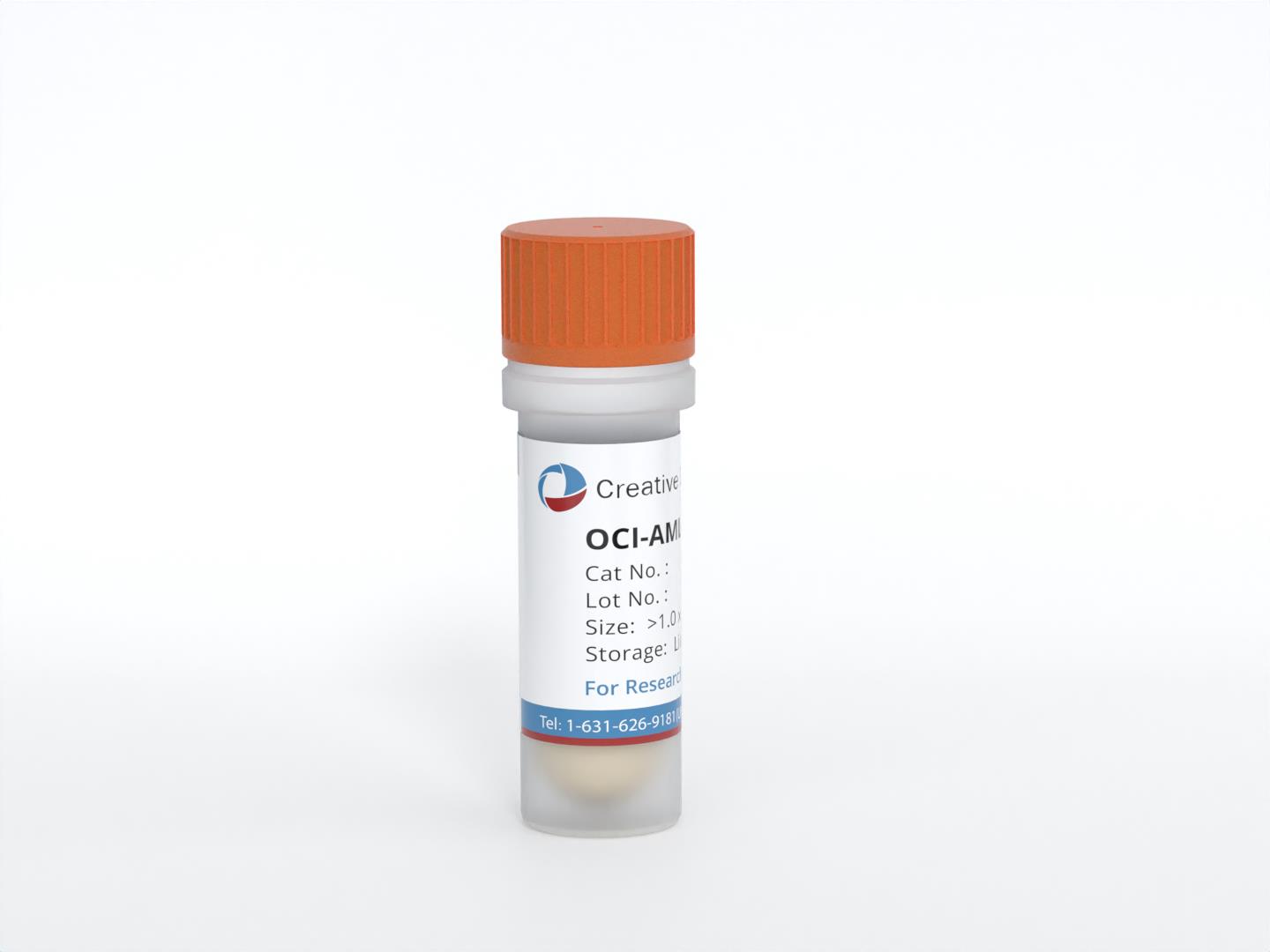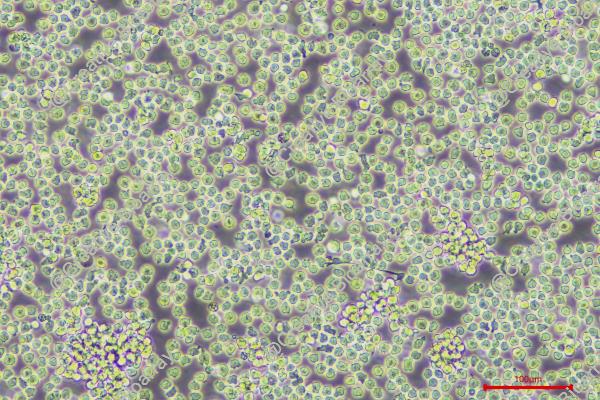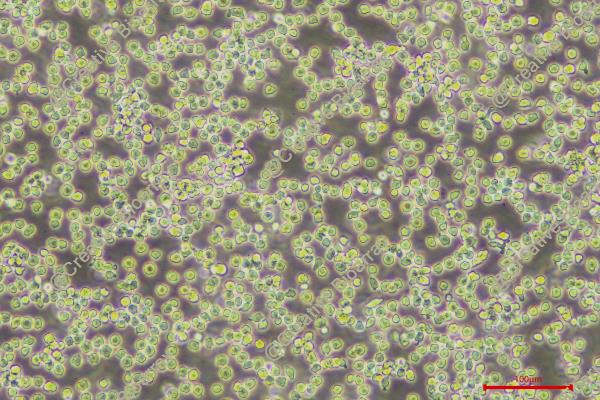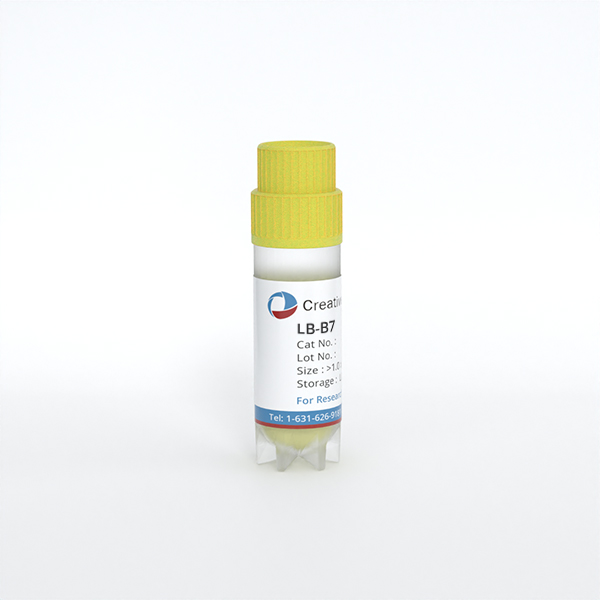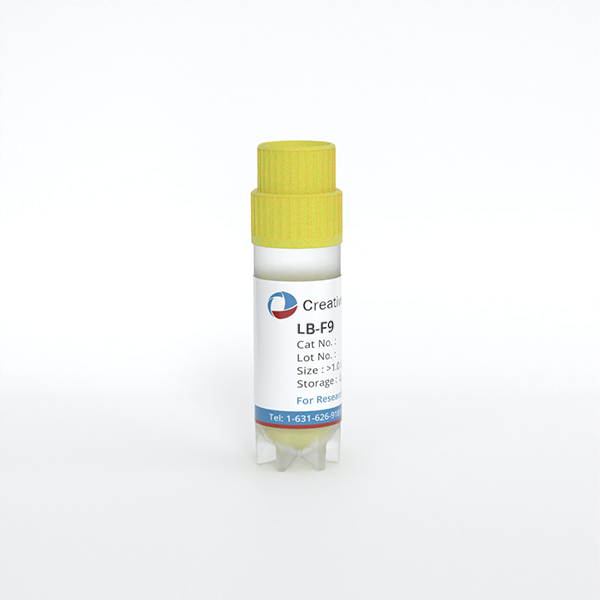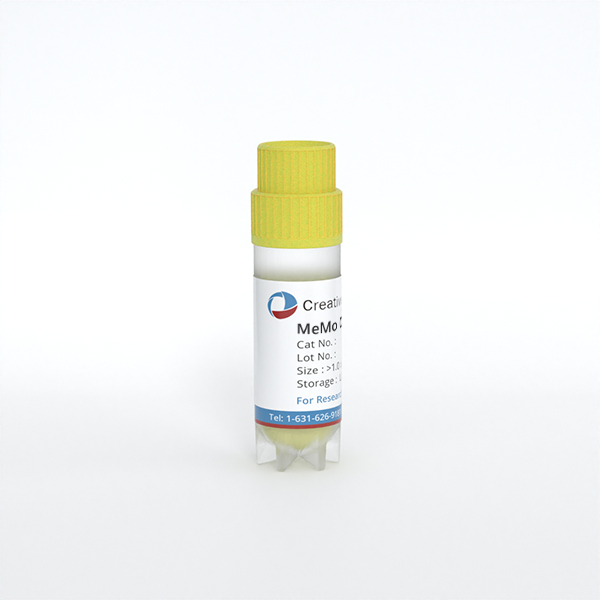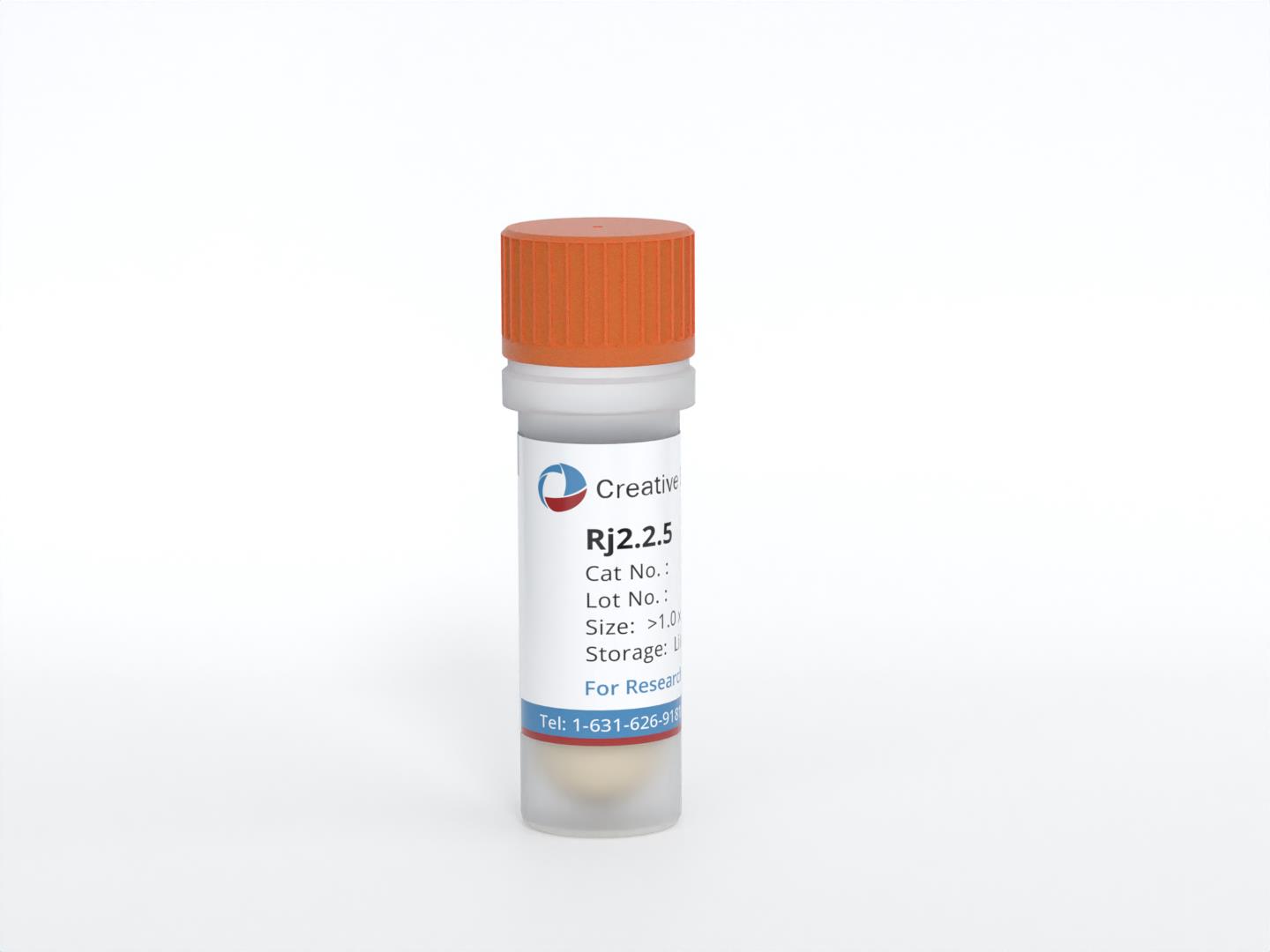Featured Products
Our Promise to You
Guaranteed product quality, expert customer support

ONLINE INQUIRY
OCI-AML-5
Cat.No.: CSC-6982J
Species: Homo sapiens (human)
Source: Peripheral blood
Morphology: Small, round cells growing singly or in clumps in suspension
Culture Properties: Suspension
- Specification
- Background
- Scientific Data
- Q & A
- Customer Review
- Documents
OCI-AML-5 cells are a well-known cell line that was established in 1990 from the peripheral blood of a 77-year-old man diagnosed with acute myeloid leukemia (AML) of French-American-British (FAB) subtype M4 at the time of relapse. These cells have been extensively used in research studies focused on understanding the molecular and cellular characteristics of AML, as well as in drug discovery and therapeutic development efforts.
The establishment of OCI-AML-5 cells from a relapsed AML patient is particularly significant as it allows researchers to study the behavior and genetic alterations specific to AML cells during disease progression and after treatment. This provides valuable insights into the mechanisms underlying AML relapse, drug resistance, and disease evolution.
An Image-Based Flow Cytometric Approach to Assess N: C Ratio of OCI-AML-5 Cell Lines
The nucleus-to-cytoplasm ratio (N: C) can be used as one metric in histology for grading certain types of tumor malignancy. OCI-AML-5, a blood cancer cell line, was interrogated by an image-based flow cytometer (IFC). Initially, 43,237 OCI-AML-5 cells were imaged using the IFC within minutes. In the IFC gating process, out-of-focus cells, cell images containing alignment beads, and multiple or fragmented cells were excluded. Objects analyzed in the IDEAS software indicated a larger nucleus mask than a cytoplasm mask. From this post-processing, 5284 OCI-AML-5 cells were able to be analyzed (Fig. 1).
Table 1 shows that the diameter of OCI-AML-5 cells (12.3 ± 1.2 μm) is consistent with previously published values obtained using the Coulter Counter. The nuclear diameter of these cells follows a similar trend, with OCI-AML-5 cells measuring 9.0 ± 1.1 μm. Based on these measurements, the N: C ratio was calculated for each cell line. The N: C ratio for OCI-AML-5 cells was 0.73 ± 0.07.
 Fig. 1 IFC analysis workflow and representative cells. (Sebastian JA, et al., 2021)
Fig. 1 IFC analysis workflow and representative cells. (Sebastian JA, et al., 2021)
Table 1. A summary of IFC measurements and corresponding standard deviations for the cell and nucleus diameter as well as the N: C ratio for the OCI-AML-5 cell line. (Sebastian JA, et al., 2021)
| Cell line | OCI-AML-5 (n=5284) |
| Cell diameter (μm) | 12.3 ± 1.2 |
| Nucleus diameter (μm) | 9.0 ± 1.1 |
| N: C | 0.73 ± 0.07 |
Acute lymphocytic leukemia is the most common kind of leukemia. Acute myelogenous leukemia is the most common kind of aggressive leukemia in adults. Chronic lymphocytic leukemia is the most common type of slow-growing leukemia. Chronic myelogenous leukemia usually affects adults.
OCI-AML-5 cells exhibit abnormal proliferation, impaired differentiation, and the ability to form colonies in vitro, which are typical characteristics of AML cells.
OCI-AML-5 cells have been extensively used in research studies to investigate the genetic and molecular alterations associated with AML. They have provided valuable insights into disease progression, drug resistance, and the identification of potential therapeutic targets.
Yes, OCI-AML-5 cells are commonly used in drug screening assays to evaluate the efficacy and mechanisms of action of various therapeutic agents. They help researchers assess the potential effectiveness of drugs and facilitate the development of new treatment approaches for AML.
Ask a Question
Average Rating: 5.0 | 3 Scientist has reviewed this product
Reasonable price
The price of the product is reasonable for the quality of the cells.
05 Feb 2022
Ease of use
After sales services
Value for money
In good condition
The cells arrived in good condition and were accompanied by comprehensive documentation, including a certificate of analysis and handling instructions.
01 Feb 2024
Ease of use
After sales services
Value for money
Satisfied
I recently purchased the OCI-AML-5 cell line from Creative Bioarray and have been pleased with the product overall.
14 Nov 2023
Ease of use
After sales services
Value for money
Write your own review

